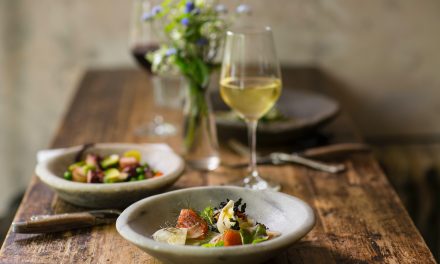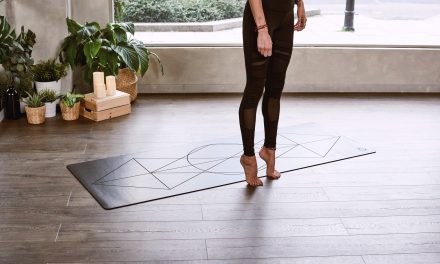If you’re missing being around other people because of social distancing restrictions, there’s good news.
According to University at Buffalo resesarchers, non-traditional social strategies are just as effective as traditional ones.
For traditional connections, think spending time in person with family members, romantic partners and having a strong social support in general. All of these things fulfil our basic social needs as human beings.
Non-traditional connections, on the other hand, are things like reading a favourite book or magazine, listening to music you love and watching your favourite TV programmes – what some people call ‘guilty’ pleasures, in other words.
“I don’t think people realise that these non-traditional connections are as beneficial as we found in our research,” says Shira Gabriel, professor of psychology at the university’s College of Arts and Sciences. “Don’t feel guilty, because we found that these strategies are fine as long as they work for you.”
Elaine Paravati, co-author of Gabriel’s paper – published in the journal Self and Identity – has this to add:
“People can feel connected through all sorts of means. We found that more traditional strategies, like spending time with a friend in person, doesn’t necessarily work better for people than non-traditional strategies, like listening to a favorite musician.
“In fact, using a combination of both of these types of strategies predicted the best outcomes, so it might be especially helpful to have a variety of things you do in your life to help you feel connected to others.”
The pair came to their conclusions after quizzing 173 participants about their wellbeing and social connections. Most used seven different types of traditional and non-traditional social interactions, with some using as many as 17.
“This is especially relevant now, with social distancing guidelines changing the ways people connect with others,” says Paravati. “We can utilise these non-traditional strategies to help us feel connected, fulfilled, and find more meaning in our lives, even as we safely practice social distancing.”
Parasocial interactions are hardly anything new. The term was first used in the 1950s to describe the relationships audiences had with popular TV characters – you know, the ones we know so well we feel like they’re our friends.
Photo by Fabiola Peñalba on Unsplash





